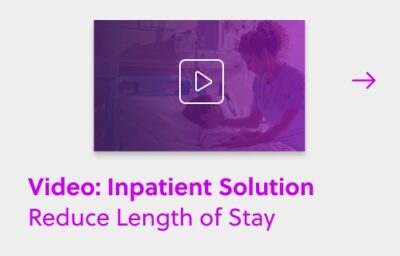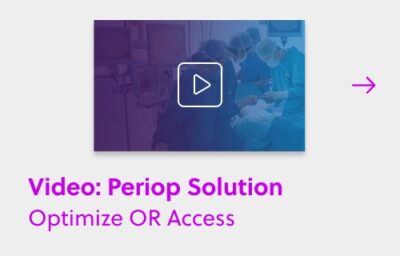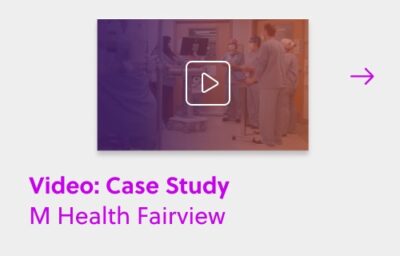Recently, we had the honor of attending U.S. News conference on the “Hospital of Tomorrow”focused on understanding the future of healthcare delivery in the United States. From an inspiring keynote by Dr. John Noseworthy (CEO of Mayo Clinic) to a viewpoint on the disruptive future of healthcare by Jonathan Bush, there were many progressive leaders pushing to rethink the status quo in healthcare.
I especially learned a lot from a panel session with star-studded leaders like Dr. James Weinstein, Dr. Ethan Berke, Dr. Peter Pronovost, representing iconic health systems and Michael Robinson from Microsoft’s healthcare team representing the industry point of view.
Dr. Pronovost started his talk with a simple statistic: on average, an alarm goes off on the hospital floor every 90 seconds. By some estimates, you would need 2 full time nurses on any floor just to continuously manage these alarms on a daily basis (part of the reason why we at analyticsMD believe so strongly prescriptive analytics can make a difference on the floor).

Dr. Pronovost, a world renowned physician who is known for his contributions to patient safety and quality, reminded the group that when Boeing or Lockheed Martin commission a new plane, they force all of their suppliers to come to a simulation room to understand the impact of a disconnected new system.
Compare that to a modern hospital, where we are full of disjointed sets of technology and data

So my first takeaway: As a technology provider selling a solution, we need to continue to understand how we relate to the entire system and make sure to make the lives of the frontline easier. This is something that we think about daily at analyticsMD. As a software company, our product and engineering teams have learned more in a day of physically spending time with clinicians on the floor than attending any number of conferences or conversations with experts. You can see this easily by just asking any nurse or physician about their experience with the EMR at work.
Dr. Pronovost also mentioned getting 20-30 pitches from new IT companies a week. As the saying “I have an app for that” goes, there is a lot of frustration among top executives at hospitals and physician practices who get hundreds of pitches for point solutions. Now innovation often comes in form of point solutions but my second takeaway : even if you do provide a point solution, its critical to understand how you connect the dots to larger initiatives. In other words, we not just altering your sales language to incorporate buzz words like population health, but incorporating current tools/infrastructure, their enterprise and frontline strategic initiatives into your product and deployment process.

My last few takeaways were inspired from both of the Dartmouth and Johns Hopkins presentations. Takeaway#3: As some of the most prominent leaders in the American healthcare delivery sector were describing their pain points and the current tools they were using to tackle these large $Trillion challenges on this panel, our overall sense was that healthcare really deserves better software.

As we drive to work using waze /google maps or book our hotels last minute through hotel tonight/AirBnb or get our lunch in minutes using sprig, virtually every single software application we use in our daily lives looks/feels/delivers like it is 10-20 years ahead of the software our clinicians use.
After speaking with many leaders at this conference and at others recently, there is no doubt in our minds that it is a great time to be an optimist in healthcare. We at analyticsMD feel strongly about the bright future and opportunity ahead of us where we can use next generation of software and analytics and directly help transformoutcomes and experience both for providers and patients.



